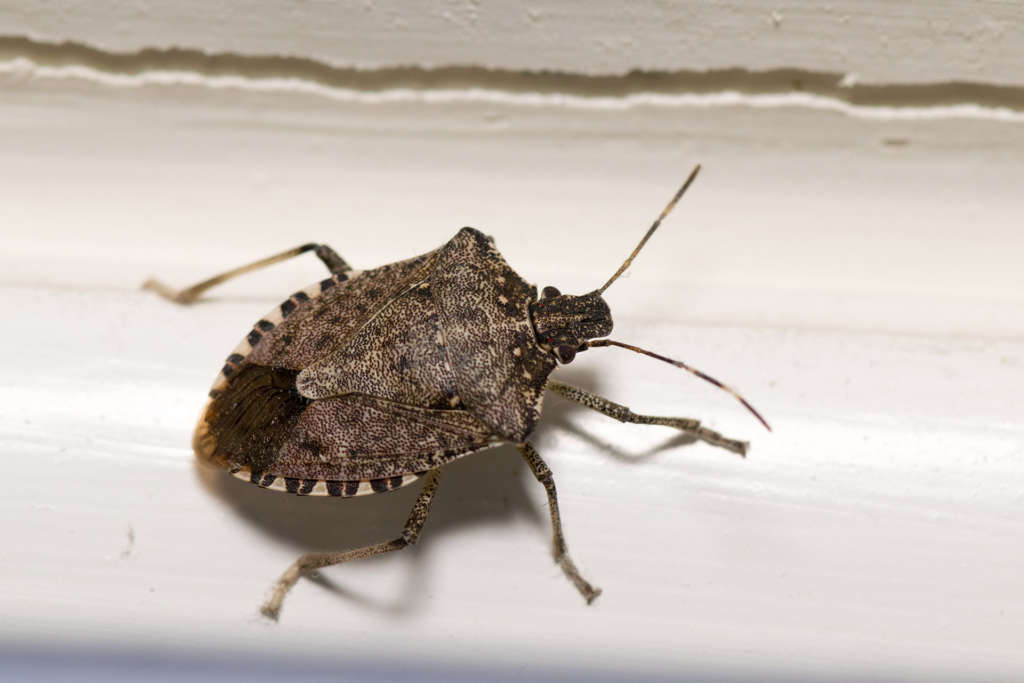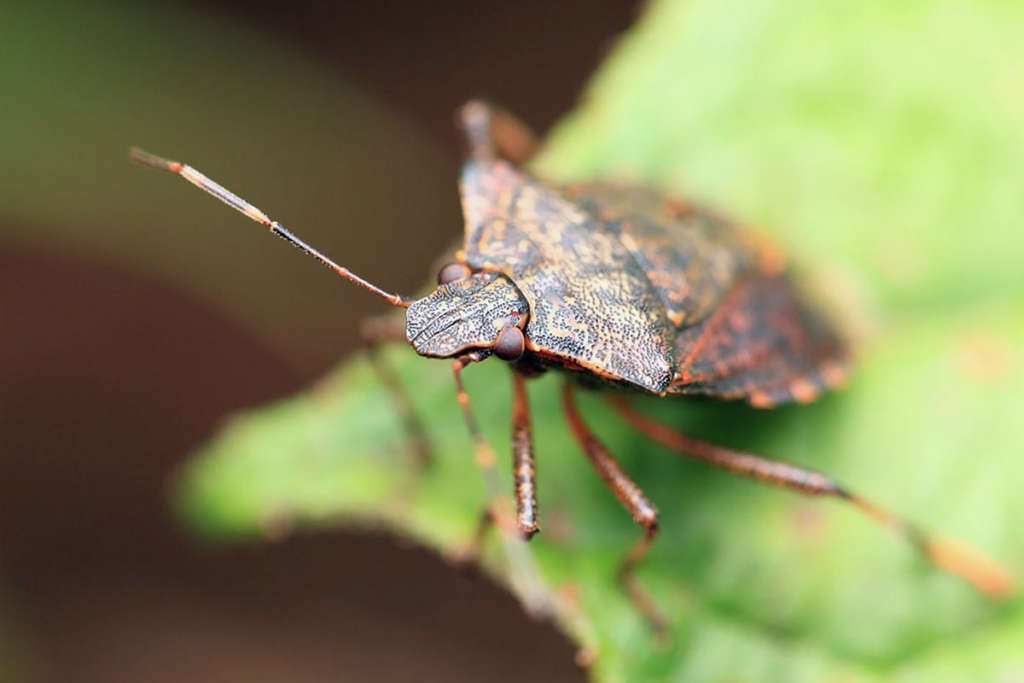Biology & Life Cycle
In the spring, brown marmorated stink bug adults emerge from overwintering sites (houses, barns, storage buildings and dead trees) and become active on nearby crops during warm days. In the spring and throughout the summer, brown marmorated stink bug adults feed, mate and lay eggs.
The brown marmorated stink bug is not harmful to people, structures or pets. They do not bite, sting, suck blood or spread diseases; and, unlike termites, they do not eat or bore into wood structures. However, adults emit an offensive odor if disturbed or crushed.


Habitats in Missouri
Diet & The Search for Food
Request a Free Pest Inspection
Request a Free Pest Inspection
Or call or text us at 636-297-1335
Or call or text us at 636-297-1335
Management & Eradication
Stink bugs are insects that are known to invade homes and buildings in overwhelming numbers. If an entry point exists, the bugs will lay down a scent for others to follow it. Sealing off entry points, repairing or replacing screens, and turning off lights in the evening are effective methods of deterring the unwanted guests.
Lastly, think before you squish! When many people find the slow-moving stink bug, they want to crush them. However, doing so releases a foul-smelling odor from their pores that you do not want to experience, especially inside your home or business.

